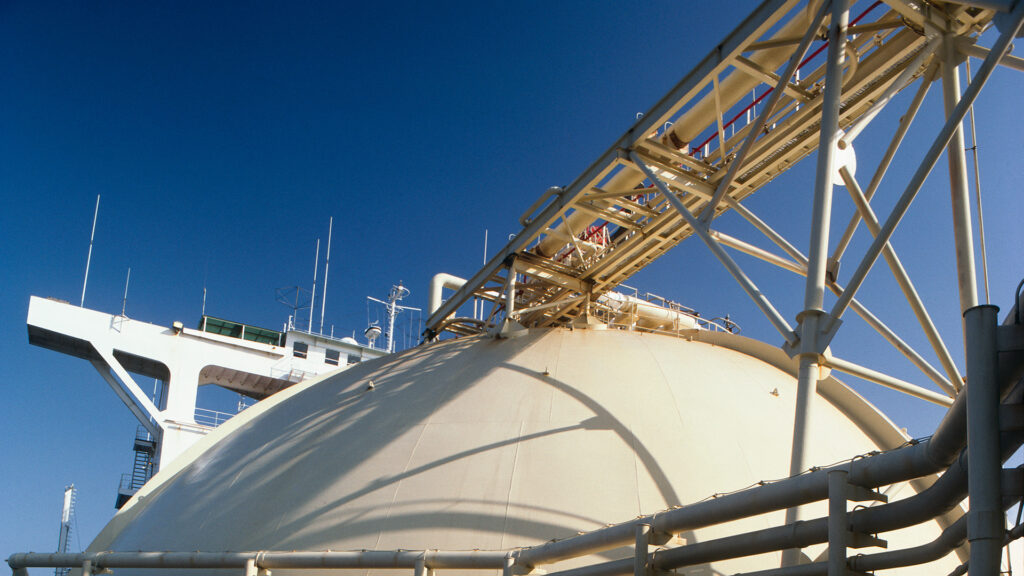Paying for progress – trends in ports and terminals financing
HFW’s Gudmund Bernitz discusses the financing options open to ports looking to expand.
This article first appeared in the January 2014 issue of Port Strategy and is reproduced with permission. www.portstrategy.com
Much of the recent investment in terminals has been driven by the growing container trade and the increasing size of vessels.
While a number of greenfield terminals are under construction or planned to accommodate these new, larger ships, upgrades to existing terminals are also underway to allow larger ships to be handled.
However, it is not only the larger terminals that need to expand and modernise. The previously largest vessels will look to call at smaller, regional ports as larger terminals will increasingly accommodate only the largest vessels. These regional ports which until now have handled 2,000 teu-4,000 teu vessels will need to expand to accommodate 4,000 teu-8,000 teu vessels.
All these projects will require funding. For example, the European Investment Bank is providing a loan to Associated British Ports to deepen and widen channels and install larger cranes at the Port of Southampton.
A number of financing structures may be used for greenfield and expansion projects. A basic debt financing structure often involves the parent (holding) company raising funds from a bank loan or a capital market offering. The parent then provides equity and an inter-group loan to a subsidiary single purpose company (SPC) which will operate the terminal. Alternatively the SPC may borrow directly, with the parent providing a guarantee for its subsidiary’s obligations.
A further alternative is non-recourse project financing, where the parent (sponsor) provides equity to the SPC, which itself obtains a loan. This type of structure only entitles the lenders to repayment from the project itself, with no recourse to the sponsor. Independent of which structure is used, lenders require evidence that traffic volumes will be sufficient for the borrower to comply with its payment obligations throughout the life of the loan.
Western prowess
European and other western banks have traditionally dominated ports and terminals finance, for instance, Investec Bank is financing the construction of Petredec’s LPG terminal in Mauritius.
More recently, terminal owners have increasingly turned to additional forms of finance to fund projects. This is partly due to the lending capacity of a number of European banks becoming more constrained as a result of the credit crunch and the introduction of Basel III’s capital ratio requirements.
In the face of more limited bank liquidity, different forms of equity finance, including mergers and acquisitions, share issues and indirect investment have become more common in the market. Project bonds have been issued on capital markets to raise funds and export credit agencies have provided financial support. Pension funds have also become involved in the sector, attracted by lower volatility and protection against inflation. For example, GCT Global Container Terminals Inc, a wholly owned subsidiary of the Ontario Teachers’ Pension Plan, operates four container terminals in New York, Vancouver, British Columbia and New Jersey.
State investment funds have also started investing heavily in terminal construction and expansion. China Investment Corporation and the Government of Singapore Investment Company both invested US$500m in the construction of two LNG export terminals in Louisiana in 2013.
In addition, many of the larger container carriers have further increased their involvement in running terminals, including Cosco Pacific Limited who recently agreed a €230m investment in Piraeus Container Terminal to increase capacity to 6.2m teu and accommodate the new generation of ships.
For more information please contact Gudmund Bernitz, Associate, on +44 (0)20 7264 8413 or gudmund.bernitz@hfw.com, or your usual contact at HFW.
Download a PDF version of ‘Paying for progress – trends in ports and terminals financing’











